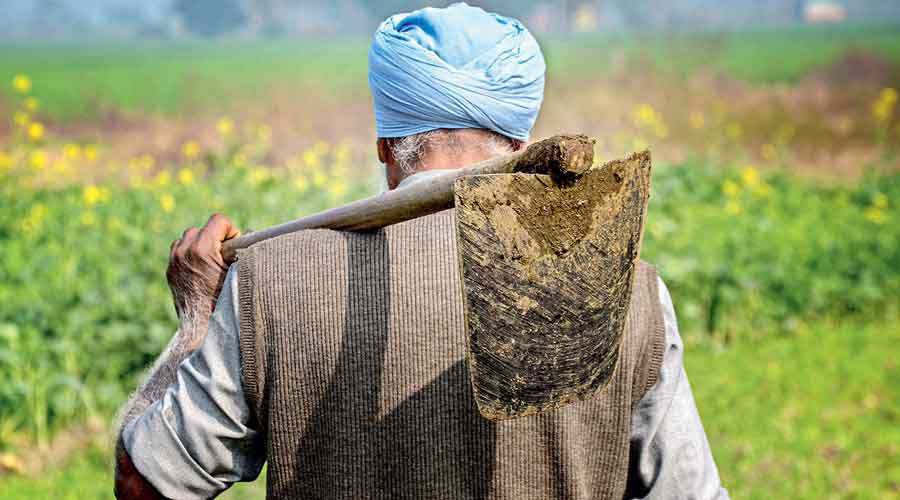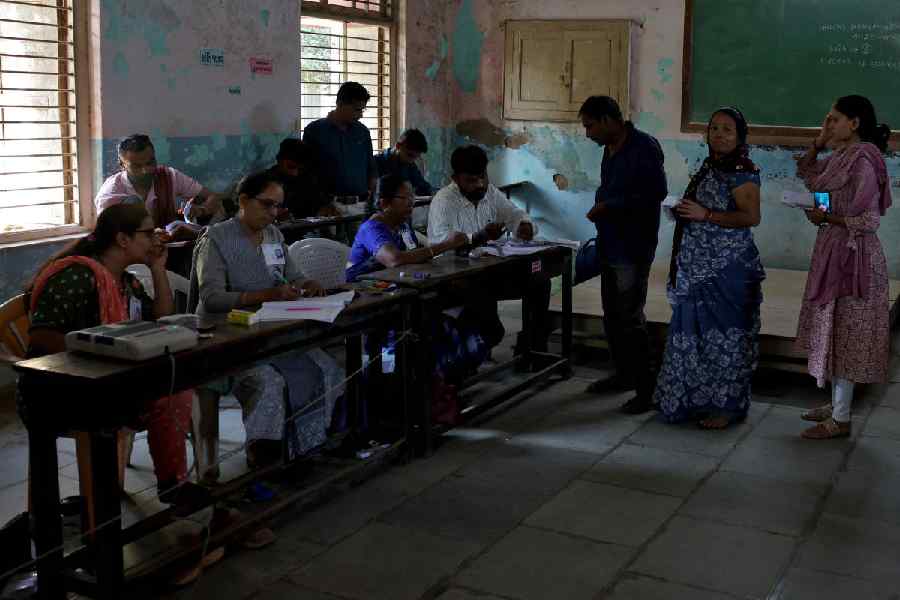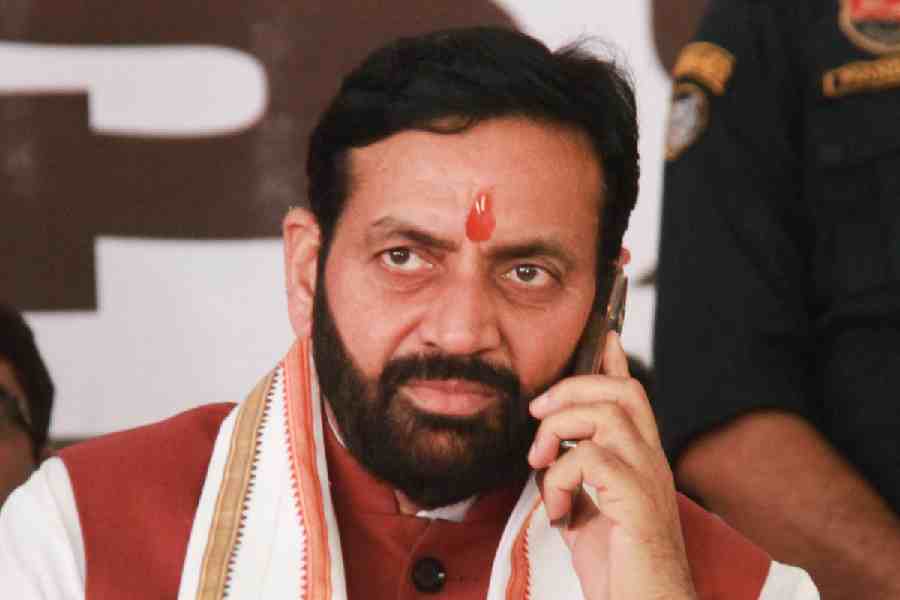If you read India’s Economic Survey for the year 2022-23, particularly its chapter on agriculture and food management, you would perhaps be thrilled by its ‘all is well’ tone. Sectoral growth has been at an all-time high; farmers are buoyed by the Narendra Modi-led government’s programmes; from crop productivity, production practices and a mechanisation boost to new market opportunities, the sector is ticking all the boxes to make farmers truly happy. At least, that is the survey’s tone and tenor.
But if you travel across the dusty countryside, you see the exact opposite of that sentiment. Old challenges are mounting and farmers are saddled with newer headaches. The slogan of doubling farmers’ incomes has fallen flat. While we have seen the number of Farmer Producer Organisations increase in the last three years as a result of the Centre’s push, very few of these new institutions show signs of breaking even or aiding farmer members. Floating a company is one thing, making it viable, quite another. You need powerful people at the right places to make that happen. Just ask Adani.
Every year, India produces more from the same unit of land with higher inputs — which means a kilogramme of wheat, lentils, millets or vegetables consumes more fertilisers and energy each year. It is true that there is a growing trend of small and marginal farming families rearing small ruminants to support their income, but without fodder, vaccines or market support from the State. All of it is driven by the individual farmer in his or her fragile capacities.
Hot air
Then, you read the budget for 2023-24 — the last full budget presented by the Modi 2.0 government — and all you see, once again, are slogans. In the last nine years of this regime, there has been a push for quick-fix solutions and lofty slogans devoid of sustained thinking for the long-term robust revival of a broken rural economy or pragmatic economics. As M.S. Swaminathan, the father of India’s green revolution, suggested in the voluminous reports he submitted as chair of the National Commission for Farmers over a decade ago, sectoral growth is not equal to farmers’ income. There is more than the income spiral: we need to fix a hundred verticals — from soil to market.
In that sense, the Modi government and, in turn, the country wasted a decade of its sweeping majority in Parliament, to give a new deal to the countryside by helping the states — after all, states are the custodians of the agricultural sector. This would have brought the Centre’s intentions to fruition.
For instance, supporting a thousand FPOs make a programme and bringing about a directional change towards collectivisation as an approach is a policy that might need more than financial support. Collectivising farmers is not a cake walk as those working in that sector would tell you. It needs capacity building, training and institutional wherewithal, among other things, and policy support for such institutions to stay afloat in the markets.
Another example would be a push for the shift to organic farming. The Economic Survey points out Sikkim as a shining instance of this, but fails to acknowledge that the cumbersome shift did not result in higher incomes for Sikkim’s farmers. It also does not tell you what role the Centre may have played in that shift, if at all. It could have done a great deal even by just earnestly supporting farmers or traditional pastoralists in rearing cows, rather than building cow shelters or gau shalas.
These are but a few examples of how intentions, even if they are good, are like gaslighting in the absence of a sane vision. Rural India is crying for a new deal. Band-aids will not work.










